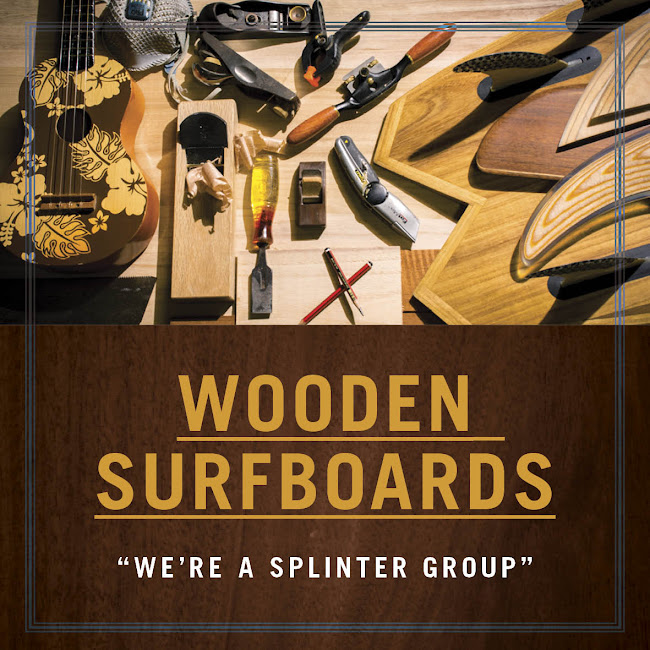I get lots of people emailing and asking questions about building wooden boards and that is great. There are many ways of building wooden boards and there are no right and wrong ways of doing it.Seeking advice is great but in the end you need to get down to it and just do it.I find that on forums there are more negative comments than helpful comments to help people out.And some I would say come from people who have done very little experimenting and it is all theory and hearsay.You are also likely to come across people who know everything, which is interesting. Sorry, just my experience.
One question I get asked alot about my use of lanolin on Paulownia and how it works.
I have built many boards with Paulownia and a lanolin finish. Paulownia grows very fast and straight so has a very long grain and if it gets a hit it will absorb the impact very well. If it dents you can use a stream iron and it will swell out again . I have done it many times. The Linseed oils and nut oils people use are vegetable oils and are slippery and if you wash the board in fresh water then a grey mould can grow in the soft grain of the wood. Lanolin is an animal product and is not slippery and will not grow mould. It has a natural wax in it that makes it waterproof. If you soak plenty of it into the timber it will seal and nourish the wood. Yes it is raw wood and like any furniture and it will need to be treated right and looked after.You are not making a white foam surfboard as a piece of disposable sports equipment.If you are are building a hollow framed board you will need to be sure to have good glue joints as the oil will not fill bad glue joints. Also the skins will need to be thick enough and strong enough to do the job.You may want to be safe the first time and seal the under side of the skins with a coat of epoxy.
I have found that when using polyurethane glue and vauum bagging skins onto EPS that as the glue foams and goes off it is forced in between the beads of the ESP. This depending on the grade of EPS can be up to 30mm deep. This in turn toughens the EPS and seals the structure under the wood.All positive things.I know this from cutting up boards to rout fin boxes in and cutting shapes into the tails and adding nose blocks.
With all these things you need to experiment and find a method you are happy with and a result you are happy with. It takes time and you may have failures but that is how you learn. That is the exciting part. You will learn a lot. If you change one component you can change the outcome. Human nature being what it is you will more than likely overbuild your first attempt. We have all done that.You can think about it as much as you like , but at some stage you hacve to give it a go.
Let me know how you go.
Bring your board, your theories, sucesses and failures along to the Wooden Board Day on Sunday the 3rd of August and talk to other people that have had a go and have some idea about what it takes to build a wooden board.That is a big part of what the day is about.So get in the garge and get cracking on a project.
If you have a question , email me, ask me ,i am happy to share my experiences , I don't know it all , but I maybe able to help or put you onto some one who can. I know what works for me and I am happy to share that with anyone. grantnewby@bigpond.com
Subscribe to:
Post Comments (Atom)



























1 comment:
We'll said Grant. I couldn't agree more with your comments.
Post a Comment